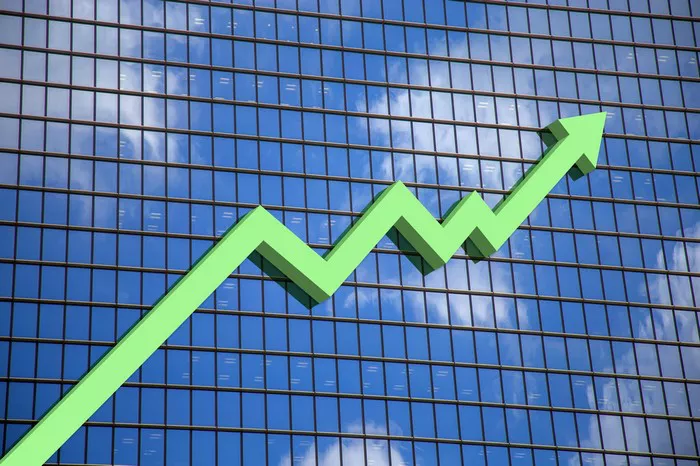Global stocks rose on Thursday, the dollar found its footing and a frenzied bond sell-off stabilized after U.S. President Donald Trump said he would temporarily reduce high tariffs he had just imposed on dozens of countries.
After days of market routs that wiped trillions of dollars off global stocks and weighed on U.S. Treasuries and the dollar, Trump abruptly suspended several new tariffs on Wednesday for 90 days.
The move added more than $1.5 trillion to the value of Wall Street’s “Big Seven” stocks overnight, with the S&P 500 and Nasdaq Composite posting their biggest one-day percentage gains in more than a decade.
But U.S. futures turned lower on Thursday, with Nasdaq futures down 0.67% and S&P 500 futures down 0.17%.
The dollar had its biggest one-day gain against the yen in two months and against the Swiss franc in five months in the previous session, and held on to most of its gains in Asia on Thursday. [FRX/]
Japan’s Nikkei surged 8% and European futures also rose sharply.
EUROSTOXX 50 futures and DAX futures each rose about 9%. FTSE futures rose 6%.
“The news came as a surprise to market participants given the size of the move… Clearly we are seeing a fairly strong risk-on environment following the announcement,” said Jeff Schulze, head of economic and market strategy at ClearBridge Investments.
“However, given the tariffs that have already been announced and are still in place… this will still significantly increase the average effective U.S. tariff rate to close to 20%.”
Trump’s revocation of tariffs on specific countries is not absolute. The White House said a uniform 10% tariff on nearly all U.S. imports will remain in effect. The announcement also does not appear to affect already implemented auto, steel and aluminum tariffs.
He also put pressure on China, saying it would increase tariffs on Chinese imports to 125% from 104% that took effect on Wednesday.
China on Wednesday raised tariffs on U.S. products to 84% and imposed restrictions on 18 U.S. companies, most of which are in defense-related industries.
“It will be hard for either side to budge in the coming days. But we expect talks to eventually take place, although a full rollback of all the additional tariffs imposed since Inauguration Day seems unlikely,” said Paul Ashworth, chief North American economist at Capital Economics.
“Our long-standing assumption that effective tariff rates on China will stabilize at around 60% still seems the best bet.”
The offshore yuan fell 0.15% to 7.3570 per dollar before the opening of onshore Chinese markets, having hit a record low earlier this week.
Bond Selloff
This week’s sharp sell-off in the bond market also showed some signs of easing on Thursday.
The benchmark 10-year Treasury yield was last at 4.3160%, having hit a high of 4.5150% in the previous session, up about 13 basis points. [US/]
The sharp sell-off in U.S. Treasuries in the previous few trading days, reminiscent of the “cash rush” during the COVID-19 pandemic, has once again raised concerns about the fragility of the world’s largest bond market.
“Persistent inflation, a patient (Fed), potential foreign buyer resistance, hedge fund deleveraging, rebalancing bonds to cash and illiquidity in the Treasury market are all reasons why Treasury yields are holding up,” said Lawrence Gillum, chief fixed income strategist at LPL Financial.
Federal Reserve policymakers said they would not move quickly to cut interest rates because they expect higher tariffs to push up inflation, even as they worry about the potential hit to economic growth from Trump’s trade policies, minutes from the Fed’s mid-March meeting released on Wednesday showed.
The market now expects the Fed to cut interest rates by about 80 basis points in December, down from more than 100 basis points earlier this week.
Elsewhere, oil prices rose on optimism about a tariff pause. [O/R]
Spot gold extended its gains and was last up 0.5% at $3,097.52 an ounce. [GOL/]
Related topics:
































